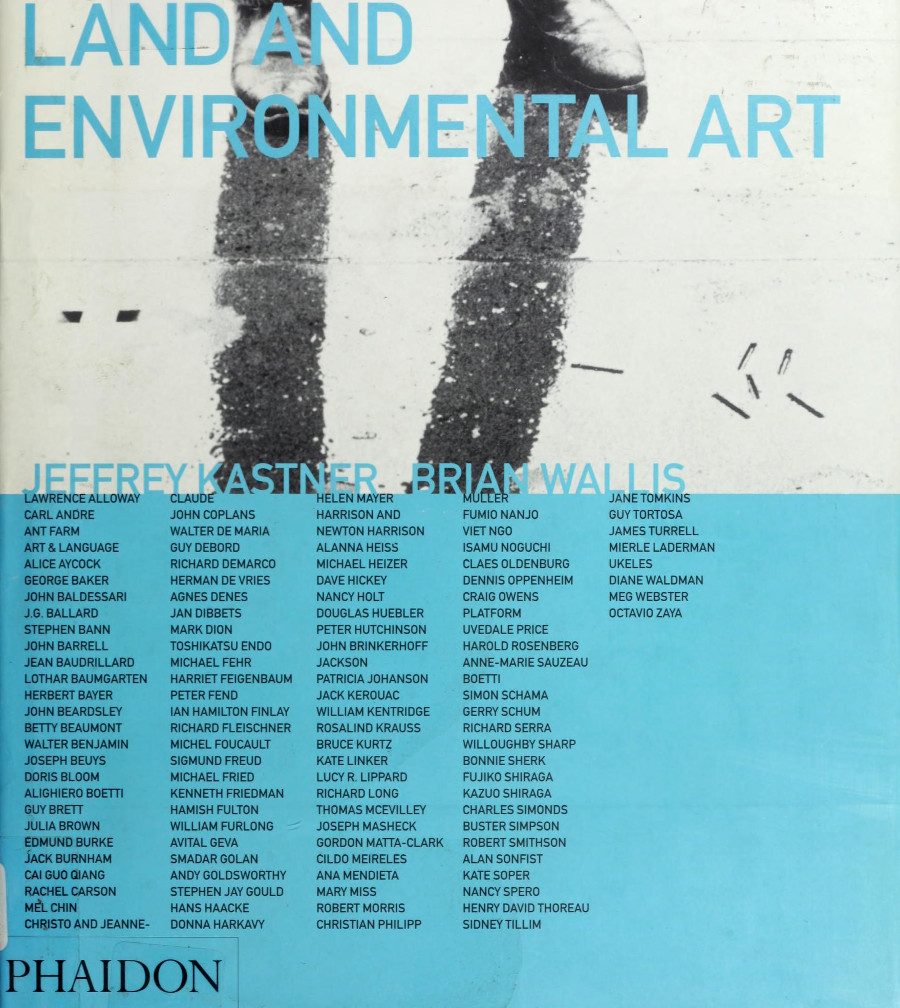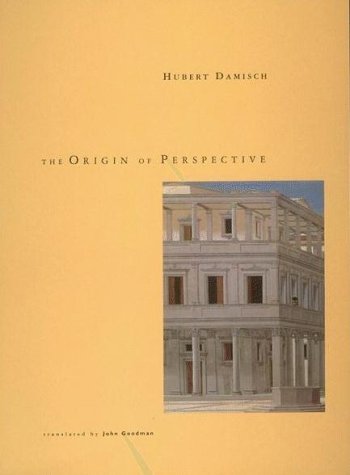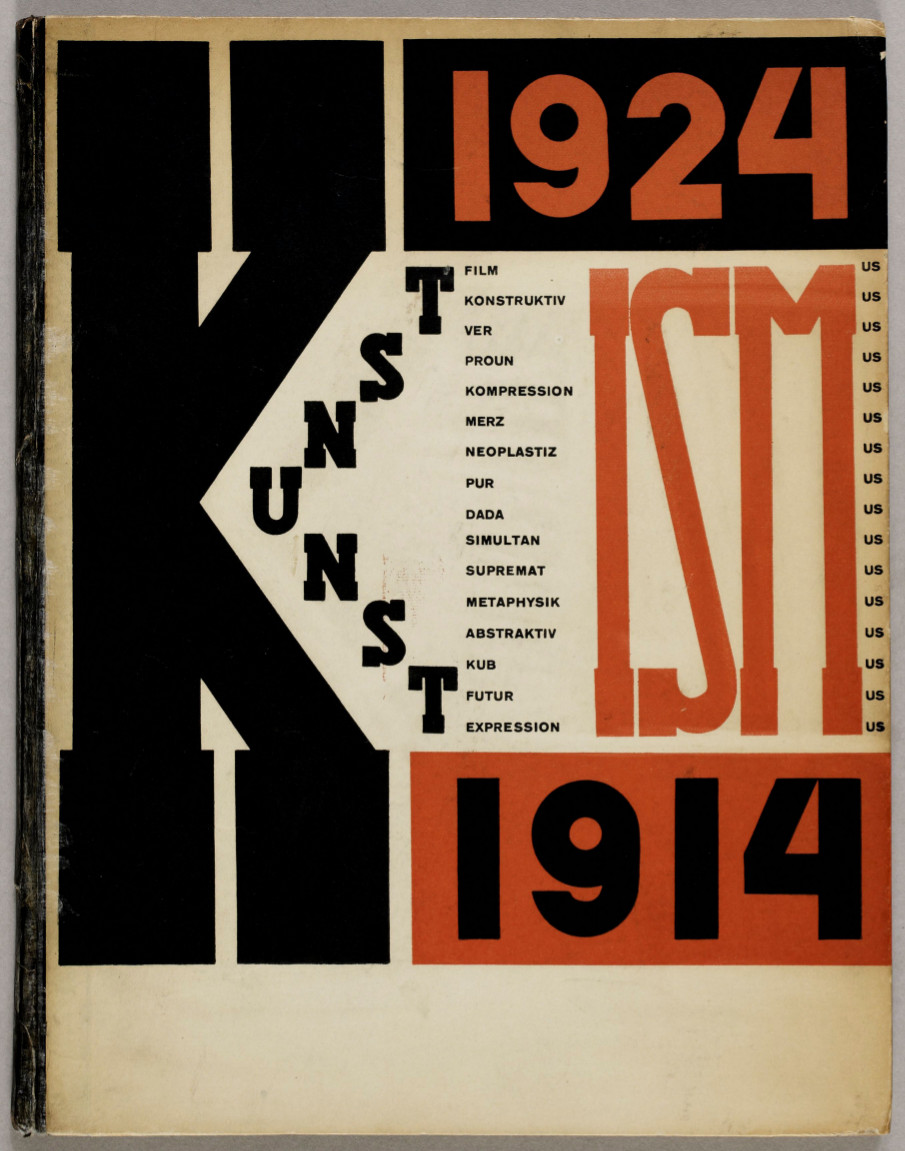Jeffrey Kastner, Brian Wallis (eds.): Land and Environmental Art (1998)
Filed under book | Tags: · aesthetics, architecture, art, art history, art theory, ecology, environment, land art, landscape, nature, sculpture

“The traditional landscape genre was radically transformed in the 1960s when many artists stopped merely representing the land and made their mark directly in the environment. Drawn by the vast uncultivated spaces of the desert and mountain as well as post-industrial wastelands, artists such as Michael Heizer, Nancy Holt and Robert Smithson moved the earth to create colossal primal symbols. Others punctuated the horizon with man-made signposts, such as Christo’s Running Fence or Walter de Maria’s Lightning Field. Journeys became works of art for Richard Long while Dennis Oppenheim and Ana Mendieta immersed their bodies in the contours of the land.
This book traces early developments to the present day, as artists are exploring eco-systems and the interface between industrial, urban and rural cultures.”
Edited by Jeffrey Kastner
Survey by Brian Wallis
Publisher Phaidon Press, 1998
ISBN 0714835145, 9780714835143
304 pages
Review: Boettger (CAA.Reviews, 1999).
PDF (117 MB, no OCR)
For more on land art see Monoskop wiki (includes a select bibliography and collection of links to online documentation of the works by early land artists).
Comment (0)Hubert Damisch: The Origin of Perspective (1987–) [EN, CR]
Filed under book | Tags: · architecture, art, art history, art theory, geometry, history of architecture, mirror, painting, perspective, renaissance, representation, space, theatre

“In part a response to Panofsky’s Perspective as Symbolic Form, The Origin of Perspective is much more. In France it is considered one of the most important works of art history to have appeared in the last twenty years. With the exception of Michel Foucault’s analysis of Las Meninas, it is perhaps the first time a structuralist method such as the one developed by Claude Lévi-Strauss in The Way of the Masks has been thoroughly and convincingly applied to Western art.
The task Damisch has set for himself is to refute both the positivist critics, whose approach makes up the bulk of perspective studies and is based on a complete repression of Panofsky’s early work, and the current pseudo-avant-gardist position (whether in the field of cinema studies or in literary criticism), which tends to disregard facts and theoretical analysis. Damisch argues that if a theoretical analysis of perspective is possible, using all the tools of structuralist semiotics, it is only possible in the context of a close look at its appearance in history, beginning with the details of the ‘invention’ of perspective.”
Originally published in French as L’Origine de la perspective, Flammarion, Paris, 1987.
Translated by John Goodman
Publisher MIT Press, 1994
ISBN 0262041391, 9780262041393
477 pages
Review: Wood (The Art Bulletin, 1995).
Commentary: Iversen (Oxford Art Journal, 2005).
WorldCat (EN)
The Origin of Perspective (English, 1994, chapter 14 missing, 24 MB, no OCR)
Porijeklo perspektive (Croatian, trans. Zlatko Wurzberg, 2006, added on 2018-7-8)
El Lissitzky, Hans Arp: Die Kunstismen / Les ismes de l’art / The Isms of Art: 1914–1924 (1925) [DE/FR/EN]
Filed under artist publishing | Tags: · 1910s, 1920s, architecture, art, art history, avant-garde, film

“Habe eine Idee für das letzte Merz-Heft 1924: ‘Letzte Truppenschau aller Ismen von 1914-24’.” schrieb El Lissitzky in einem Brief. Es gelang ihm, Hans Arp für diese Idee zu begeistern.
This book begins with definitions by well-known artists of the various movements, or forms of art, of the period. They range from Cubism, Futurism, Expressionism, Abstract Art, through Metaphysicians, Suprematism, Simultanism, Dadaism, Purism, Neoplasticism, Merz, Proun, Perism, Constructivism, to Abstract Film. The section is followed by reproductions illustrating each movement.
Publisher Eugen Rentsch, Erlenbach-Zürich, 1925
Typography El Lissitzky
Print Staehle & Friedel, Stuttgart
xi+48 pages, 75 ills., 26.5 × 24.5 cm
Unlimited Edition
PDF (64 MB, via Bibliothèque Kandinsky)
PDF (43 MB, added on 2020-12-5, via Kunsthaus Zurich)
Find more Lissitzky’s publications on Monoskop wiki.

